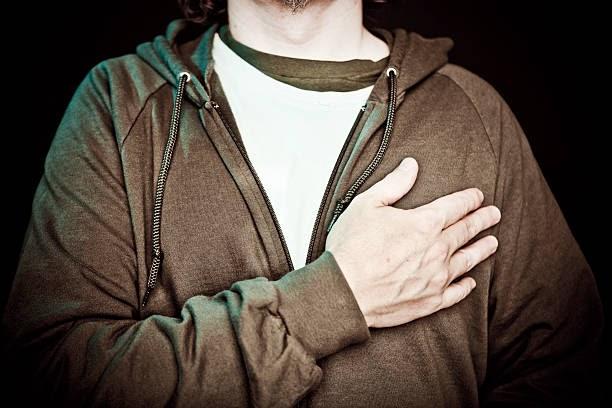

Do you know that heart valves are the chambers that help to keep the heart’s main pumping chamber also called the left ventricle, separated from the heart’s main artery that supplies oxygen-rich blood to your body also called the aorta? Well, now you do. And your heart can have a lot of complications if these chambers are not working properly.
When my mother needed a heart valve repair surgery, we immediately had to find a good Cardiac Surgeon in Lahore. The doctor was really qualified, wise, and empathetic. I went ahead and asked him about the different surgeries available, their risks, and the healing process afterward. The doctor was really kind and answered all my queries patiently. This is what I was told:
What Are The Different Surgery Processes Available
The two different procedures available are annuloplasty and valvuloplasty.
In annuloplasty, the heart valve is repaired by tightening the annulus which is a ring-like structure, around a valve in the heart. It is done to treat the enlarged heart or leaky heart valve.
While in valvuloplasty, the valve opening is widened to open or widen the narrowed heart valve to improve the blood flow.
Do You Need Heart Valve Repair Or Replacement Surgery
Usually, doctors prefer heart valve repair surgery over heart valve replacement surgery due to its low risk of infection, ability to maintain heart health better, and very little to no need for blood-thinning medicines. But to decide if you are eligible for the repair surgery, certain factors contribute like severeness of aortic valve disease if you need another heart surgery so that both can be done in one go, your overall health, and your age.
However, in the cases where valve replacement is the only option left to restore heart health, doctors have to prescribe heart valve replacement surgery.
What Are The Risks
The risks involved in aortic valve surgeries solely depend on the seriousness of your heart condition and the expertise of your surgeons. However, the common risks involved are infection, bleeding, stroke, blood clots, valve dysfunction, loss of heart rhythm, and death.
To avoid these risks, we trust Aadil Hospital Lahore the most.
What Is The Downtime Of The Procedure
In most cases, invasive heart surgery may involve a shorter hospital stay, quicker recovery, and less pain as compared to open-heart surgery where the patient is kept in the Intensive Care Unit (ICU) for a day or more where everything is closely monitored. After that, the patient still has to stay in the hospital for a few days, depending on their condition, to see if any side-effects appear after the surgery. And then gradually the patient returns to their normal life except this time they cannot smoke or carry more than 10 pounds and they have to see their doctor and take test scans a lot more often.
Conclusion
You can finally be able to return to everyday tasks, such as functioning, traveling, and exercising, following aortic valve repair or aortic valve replacement surgery. You will also continue to take some prescriptions to attend the doctor's daily follow-up examinations. To diagnose and track your health, you will have several scans. Your doctor may prescribe that you enroll in cardiac rehabilitation, a training and exercise program intended to help you benefit your performance and help you recover from heart surgery.